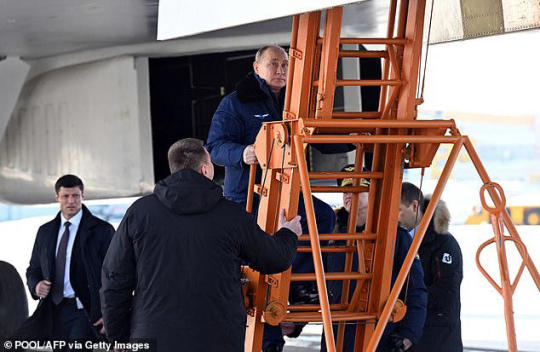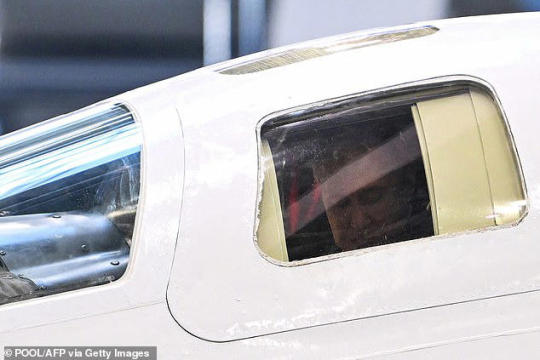#nuclear bomber
Text
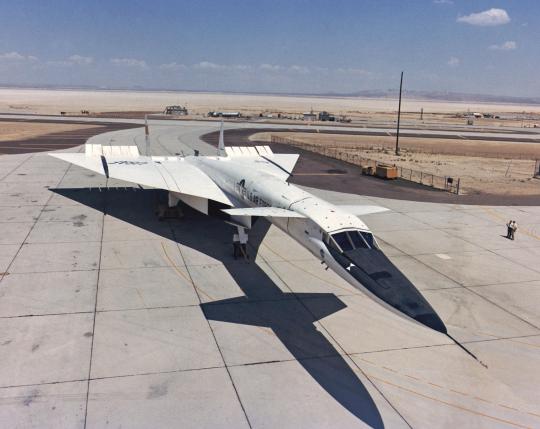
XB-70A - Edwards Air Force Base - 1967
#North American Aviation#XB-70#Valkyrie#Nuclear bomber#bomber#X Plane#prototype#Experimental aircraft#aircraft
140 notes
·
View notes
Text
youtube
Convair NX-2 Camal, The Story Of The Secret Post WW2 Atomic Powered Bomber Plane
#Convair#Nuclear Bomber#Atomic aircraft#atomic plane#NX-2 Camal#youtube#aircraft#airplane#aviation#dronescapes#military#documentary#aviation history#Youtube
18 notes
·
View notes
Text


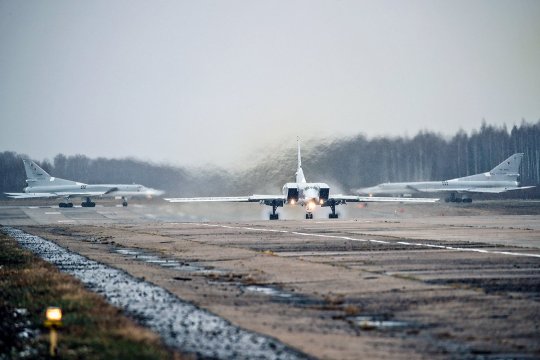
Shaykovka Air Force Base, Russia
34 notes
·
View notes
Video
B-58A Hustler by BarryFackler
#Pima Air and Space Museum#Pima Air & Space Museum#Pima Air Museum#air museum#museum#aviation#aircraft#airplane#jet#jet aircraft#jet bomber#bomber#strategic bomber#nuclear bomber#supersonic bomber#SAC#Strategic Air Command#United States Air Force#US Air Force#Air Force#USAF#Convair#B-58A#Hustler#Convair B-58A Hustler#Convair B-58A#Convair Hustler#B-58A Hustler#Cold War#Can Do
23 notes
·
View notes
Text
The Last Flight Of Britain's Cold War Nuclear Bomber | Last Flight Of The Vulcan Bomber | Timeline
Step back in time and join us on a journey through history as we unravel the mysteries behind Britain’s last flight of a Cold War nuclear bomber. In the YouTube video titled “The Last Flight Of Britain’s Cold War Nuclear Bomber | Last Flight Of The Vulcan Bomber | Timeline,” we delve into the fascinating story of the Avro Vulcan, a beloved airplane that once stood as a stalwart defender…

View On WordPress
0 notes
Photo

Convair B-36
(in-camera double exposure, Fujifilm x100v)
I was photographing with two cameras last Friday at Castle Air Museum in Atwater, California. The Sony a7Riii was for more conventional photography, revisiting previous compositions I'd made 11 years ago with the much larger sensor on the Sony. With the x100v, I was only shooting in-camera double exposures. I have not had much time to work with the photos from that day, but here's one of my favorites of the double exposures.
The B-36 is the largest mass-produced piston-engined aircraft ever built. At 230 ft (70 m), its wingspan was the longest of any combat aircraft ever made. Of the original 384 that were produced, all but 4 have been scrapped. Of all the amazing aircraft at Castle Air Museum, I think that this is the most impressive just due to its massive size.
More info:
https://en.wikipedia.org/wiki/Convair_B-36_Peacemaker
0 notes
Text

#clouds#cloud#planes#plane#airplane#aeroplane#Boeing#Stratojet#bomber#nuclear#turbojet#airforce#usa#usaaf#bw#b&w#blackandwhite#engineering#design#history#historyporn#film
21 notes
·
View notes
Text

Whooeee! She’s bigger than Texas!
#u.s. air force#b-52#b-52 stratofortress#boeing b-52#boeing#b-52 bomber#sac#strategic air command#sac bombers#buff#military aircraft#stratofortress#jet aircraft#jet bombers#nuclear triad#vintage illustration#illustrators#comic books#comics#comic art#vintage comics#comic#comic book art
17 notes
·
View notes
Text
a double flash event near empire territory has been detected by satellites
#unless eggman just doesnt test his nukes at all#although he could do underground tests#im actually a little intrigued by his decision to murder-suicide by launching an SLBM at station square while he was still there in sa1#why use surface burst? its like he wasnt trying to maximize destruction at all#moreover how was he able to get a ballistic missile submarine so close to station square#coast guard was sleeping?#also SLBMs are mostly used as second strike (retaliation) rockets since theyre more likely to survive a first strike due to being underwate#where are your normal icbms eggman#maximizing retaliatory capacity is beta nuclear power behaviour#dont you want to set the standard for what your enemy can strike? loser#unfortunately i was forced to read 400 pages about nuclear programs + development last weekend and its rotting my brain#tons of nuclear accident reports too#theyre kinda wild like these morons actually drove a bomber into a warehouse full of nukes that should have blown up a significant#chunk of england. and they just didnt go off so they got very lucky#also reactors used to catch on fire a lot#redposts
16 notes
·
View notes
Text

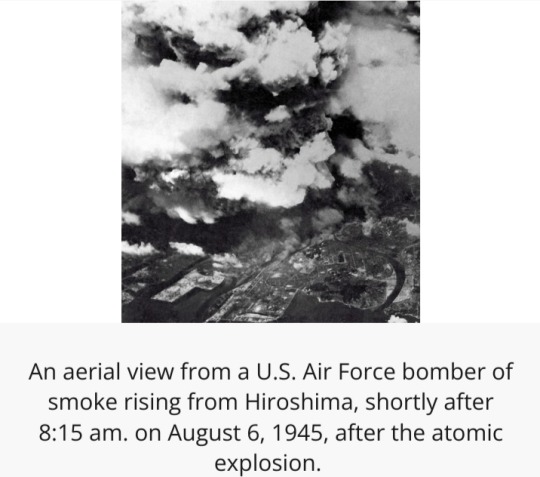
On 6 August 1945, during World War II (1939-45), an American B-29 bomber dropped the world’s first deployed atomic bomb over the Japanese city of Hiroshima.
The explosion immediately killed an estimated 80,000 people; tens of thousands more would later die of radiation exposure.
Three days later, a second B-29 dropped another A-bomb on Nagasaki, killing an estimated 40,000 people.
Japan’s Emperor Hirohito announced his country’s unconditional surrender in World War II in a radio address on August 15, citing the devastating power of “a new and most cruel bomb.”
The Manhattan Project
Even before the outbreak of war in 1939, a group of American scientists — many of them refugees from fascist regimes in Europe — became concerned with nuclear weapons research being conducted in Nazi Germany.
In 1940, the U.S. government began funding its own atomic weapons development program, which came under the joint responsibility of the Office of Scientific Research and Development and the War Department after the U.S. entry into World War II.
The U.S. Army Corps of Engineers was tasked with spearheading the construction of the vast facilities necessary for the top-secret program, codenamed “The Manhattan Project” (for the engineering corps’ Manhattan district).

Over the next several years, the program’s scientists worked on producing the key materials for nuclear fission — uranium-235 and plutonium (Pu-239).
They sent them to Los Alamos, New Mexico, where a team led by J. Robert Oppenheimer worked to turn these materials into a workable atomic bomb.
Early on the morning of 16 July 1945, the Manhattan Project held its first successful test of an atomic device — a plutonium bomb — at the Trinity test site at Alamogordo, New Mexico.
No Surrender for the Japanese
By the time of the Trinity test, the Allied powers had already defeated Germany in Europe.
Japan, however, vowed to fight to the bitter end in the Pacific, despite clear indications (as early as 1944) that they had little chance of winning.
In fact, between mid-April 1945 (when President Harry Truman took office) and mid-July, Japanese forces inflicted Allied casualties totaling nearly half those suffered in three full years of war in the Pacific, proving that Japan had become even more deadly when faced with defeat.
In late July, Japan’s militarist government rejected the Allied demand for surrender put forth in the Potsdam Declaration, which threatened the Japanese with “prompt and utter destruction” if they refused.
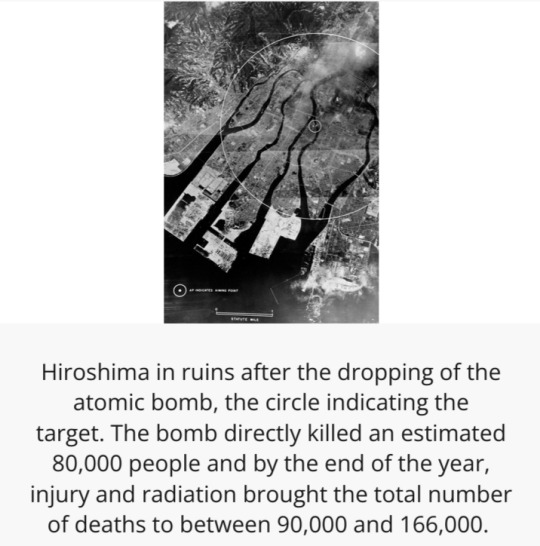
General Douglas MacArthur and other top military commanders favored continuing the conventional bombing of Japan already in effect and following up with a massive invasion, codenamed “Operation Downfall.”
They advised Truman that such an invasion would result in U.S. casualties of up to 1 million.
In order to avoid such a high casualty rate, Truman decided – over the moral reservations of Secretary of War Henry Stimson, General Dwight Eisenhower and a number of the Manhattan Project scientists – to use the atomic bomb in the hopes of bringing the war to a quick end.
Proponents of the A-bomb — such as James Byrnes, Truman’s secretary of state — believed that its devastating power would not only end the war but also put the U.S. in a dominant position to determine the course of the postwar world.
'Little Boy' and 'Fat Man' Are Dropped
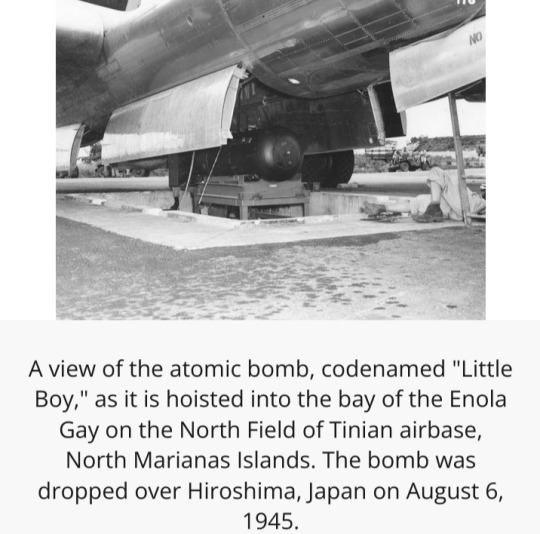
Hiroshima, a manufacturing center of some 350,000 people located about 500 miles from Tokyo, was selected as the first target.
After arriving at the U.S. base on the Pacific island of Tinian, the more than 9,000-pound uranium-235 bomb was loaded aboard a modified B-29 bomber christened Enola Gay (after the mother of its pilot, Colonel Paul Tibbets).
The plane dropped the bomb — known as “Little Boy” — by parachute at 8:15 in the morning.
It exploded 2,000 feet above Hiroshima in a blast equal to 12-15,000 tons of TNT, destroying five square miles of the city.
Hiroshima’s devastation failed to elicit immediate Japanese surrender, however, and on August 9, Major Charles Sweeney flew another B-29 bomber, Bockscar, from Tinian.
Thick clouds over the primary target, the city of Kokura, drove Sweeney to a secondary target, Nagasaki, where the plutonium bomb “Fat Man” was dropped at 11:02 that morning.
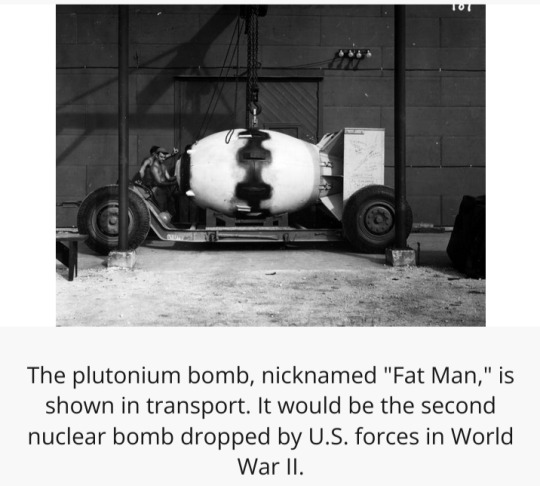
More powerful than the one used at Hiroshima, the bomb weighed nearly 10,000 pounds and was built to produce a 22-kiloton blast.
The topography of Nagasaki, which was nestled in narrow valleys between mountains, reduced the bomb’s effect, limiting the destruction to 2.6 square miles.
Aftermath of the Bombing

At noon on 15 August 1945 (Japanese time), Emperor Hirohito announced his country’s surrender in a radio broadcast.
The news spread quickly.
“Victory in Japan” or “V-J Day” celebrations broke out across the United States and other Allied nations.
The formal surrender agreement was signed on September 2, aboard the U.S. battleship Missouri, anchored in Tokyo Bay.
Because of the extent of the devastation and chaos — including the fact that much of the two cities' infrastructure was wiped out — exact death tolls from the bombing of Hiroshima and Nagasaki remain unknown.
However, it's estimated roughly 70,000 to 135,000 people died in Hiroshima and 60,000 to 80,000 people died in Nagasaki, both from acute exposure to the blasts and from long-term side effects of radiation.


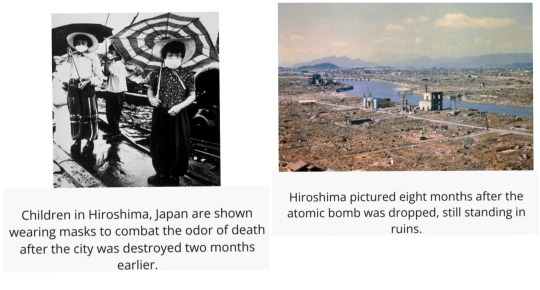
#Bombing of Hiroshima and Nagasaki (1945)#6 August 1945#atomic bomb#Hiroshima#Nagasaki#B-29 bomber#A-bomb#U.S. Army Corps of Engineers#The Manhattan Project#nuclear weapons research#Office of Scientific Research and Development#War Department#World War II#WWII#uranium-235#plutonium (Pu-239)#nuclear fission#plutonium bomb#J. Robert Oppenheimer#Oppenheimer#Trinity test#Potsdam Declaration#General Douglas MacArthur#Operation Downfall#Henry Stimson#General Dwight Eisenhower#Enola Gay#Colonel Paul Tibbets#Bockscar#V-J Day
32 notes
·
View notes
Text

Hustler photographed in flight - June 29th, 1967
220 notes
·
View notes
Video
youtube
The World’s Fastest #Nuclear #Bomber: North American XB-70 #Valkyrie | Mach... https://youtu.be/zAIAeJmo5_c#NorthAmerica #Military #ColdWar
0 notes
Text
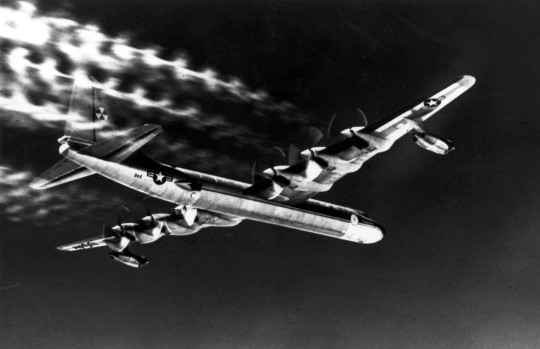
NB-36H producing contrails in flight
31 notes
·
View notes
Text

Several B-1’s
credit Aviation Linker
@CcibChris via X
59 notes
·
View notes
Text
would
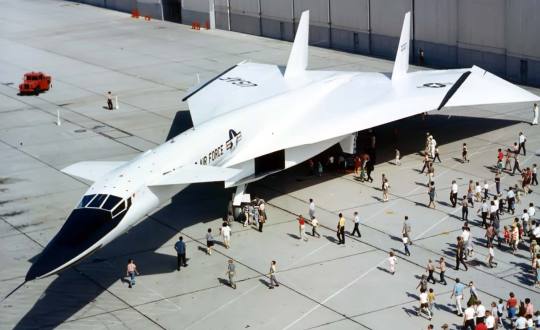
i need her so bad. her wings wiggled
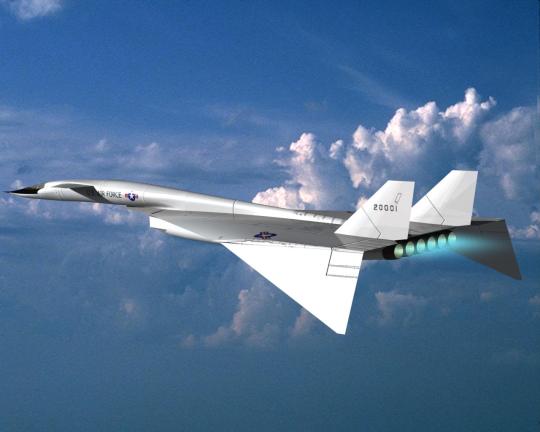
i would let her drop nukes on me. those engines 🥵🥵🥵🥵🥵🥵🥵🥵🥵🥵🥵
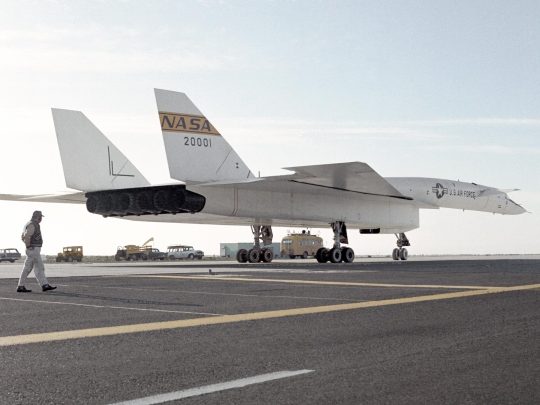
nasa knows a swagged out beast when they see one
#i love you#xb-70 valkyrie#experimental supersonic nuclear bomber is a gender#its my gender#fuck the usa#for cancelling such a wonderful beastie#a little creature#very beautiful#very powerful#things that valkyrie would fuck
10 notes
·
View notes
